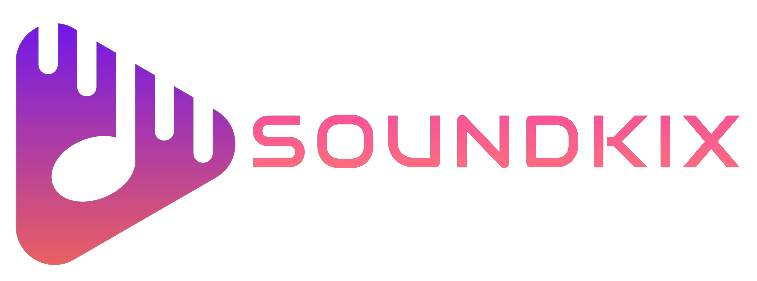Article 1: A Guide to Choosing the Right Music Instrument for Beginners
Introduction:
Choosing a music instrument as a beginner can be an overwhelming task. With so many options available, it can be challenging to determine which instrument suits your interests and abilities. However, by considering certain factors such as personal preference, budget, and ease of learning, you can make an informed decision. This article aims to guide beginners in selecting the right musical instrument that will enrich their musical journey.
1. Assess Your Interests:
Begin by identifying the type of music you enjoy. If you’re into classical music, you might consider learning the piano, violin, or flute. For those who prefer rock or pop, the guitar, drums, or keyboard might be better suited. Understanding your musical preferences will help narrow down the options.
2. Consider Your Budget:
Different instruments have varying price ranges. It’s essential to set a budget before making a purchase. Some instruments, like the recorder or ukulele, are more budget-friendly choices for beginners. On the other hand, instruments like the violin or piano can be more costly. Researching prices and comparing different brands will ensure you find an instrument within your budget.
3. Assess the Learning Curve:
Each instrument requires a specific time investment to learn and play proficiently. Beginners should consider the learning curve of their chosen instrument. Some instruments, like the guitar and piano, have relatively easy learning curves, enabling beginners to play simple tunes quickly. Others, such as the violin or trumpet, may take longer to master due to complex techniques or embouchure requirements. Assess your dedication, available time, and patience before committing to a particular instrument.
4. Seeking Expert Advice:
Consulting with music instructors or experienced musicians can provide valuable insights in choosing the right instrument. They can offer recommendations based on your abilities, physical attributes, and musical goals. Instructors can also guide you on the best instrument brands and reputable sellers.
Conclusion:
Choosing the right music instrument as a beginner involves careful consideration of personal preferences, budget, learning curve, and seeking expert advice. Remember, the goal is to select an instrument that resonates with your interests and abilities while ensuring a fulfilling musical journey.
Article 2: Essential Equipment for Recording Studio Setup
Introduction:
Building a recording studio can be an exciting endeavor for musicians and audio enthusiasts. However, setting up an efficient and functional studio requires careful consideration of the essential equipment needed. This article aims to provide an overview of the crucial equipment required for a recording studio setup, ensuring professional-quality recordings.
1. Audio Interface:
An audio interface is a vital component for capturing and converting audio signals from microphones or instruments into digital data for recording purposes. Look for an interface with high-quality preamps and sufficient inputs/outputs to accommodate your recording needs.
2. Studio Monitors:
Investing in a pair of studio monitors is crucial for accurate sound monitoring during recording and mixing. Unlike regular speakers, studio monitors provide a flat frequency response, allowing the accurate reproduction of audio without coloration. Look for monitors within your budget that offer a balanced and detailed sound representation.
3. Microphones:
A variety of microphones is necessary for recording different sound sources. Dynamic microphones are ideal for capturing live performances, drums, and electric guitar amps. Condenser microphones are more suitable for studio vocals, acoustic instruments, and capturing subtle nuances in recordings. It’s advisable to research and invest in microphones that suit your intended recording applications.
4. Digital Audio Workstation (DAW) Software:
A DAW software serves as the hub for recording, editing, and mixing audio. Choose a software that fits your needs, whether you prefer a user-friendly interface or advanced features. Popular DAW options include Pro Tools, Ableton Live, Logic Pro, and Cubase.
5. Acoustic Treatment:
Acoustic treatment is crucial to ensure an optimal recording environment. Use absorbers, diffusers, and bass traps to control room reflections, reduce echo, and enhance audio clarity. Bass traps are particularly essential for addressing low-frequency resonances.
6. Cables and Accessories:
Invest in high-quality cables, such as XLR and instrument cables, for optimal audio signal transmission. Additionally, essential accessories like a microphone stand, pop filter, shock mount, and headphones should be included in your studio setup.
Conclusion:
Building a functional recording studio requires careful consideration of essential equipment. An audio interface, studio monitors, microphones, DAW software, acoustic treatment, and quality cables are foundational components necessary for professional-quality recordings. By investing in the right equipment, musicians and audio enthusiasts can create a productive and inspiring recording environment.


